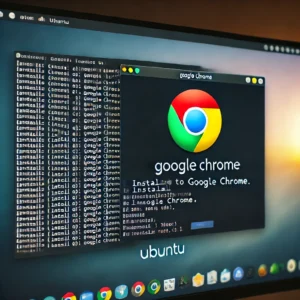Linux is similar to Windows or macOS but is free, flexible, and smaller. This flexibility explains its wide usage, often unnoticed by users.
In supercomputing, it is dominant. By 2020, over 99% of supercomputers ran on it, surpassing UNIX. Released in 1991, it gained a foothold in supercomputing by 2000 and reached 90% market share by 2010 due to its open platform, allowing custom distributions.
It’s also prevalent in mobile devices. Android, the largest mobile platform, runs on this system, holding over 86% market share. Including other similar mobile platforms, the share exceeds 90%. Thus, Android phone users benefit from it daily.
Linux is used for a variety of purposes, including
Operating Systems:
Linux serves as the foundation for various operating systems, such as Ubuntu, Debian, Fedora, and CentOS, which are commonly used in personal computers, servers, and embedded systems.
Servers:
Linux is widely used as the operating system for servers due to its stability, security, and cost-effectiveness. It powers a significant portion of web servers, including those hosting websites, applications, databases, and cloud services.
Supercomputers:
Linux dominates the supercomputing arena, running on the majority of the world’s most powerful computers due to its scalability, performance, and customization capabilities.
Mobile Devices:
Android, the world’s most popular mobile operating system, is based on the Linux kernel. Android powers smartphones, tablets, smartwatches, and other mobile devices.
Internet of Things (IoT) Devices:
Linux is used in a wide array of IoT devices, including smart appliances, wearables, home automation systems, and industrial sensors, due to its flexibility, low resource requirements, and extensive hardware support.
Cloud Computing:
Linux is Many cloud computing platforms, such as Amazon Web Services (AWS), Google Cloud Platform (GCP), and Microsoft Azure, rely heavily on Linux servers to deliver services such as virtual machines, containers, storage, and networking.
Desktop Computers:
Linux is less common on desktops compared to Windows or macOS, Linux-based operating systems offer an alternative for users seeking customizable, secure, and open-source computing environments.
Self-Driving Cars:
Linux serves as the foundational platform for self-driving car systems developed by companies like Tesla and Google’s Waymo, providing the necessary software infrastructure for autonomous driving capabilities.
Embedded Systems:
Linux is used in embedded systems found in various devices, including routers, set-top boxes, digital signage, automotive infotainment systems, and medical devices, providing a reliable and customizable operating environment.
Scientific Research:
Linux’s is widely used in scientific research for tasks such as data analysis, simulations, and modeling, thanks to its robustness, performance, and extensive availability of scientific software packages.
conclusion:
Linux’s versatility and adaptability make it indispensable across a vast array of industries and applications. From powering supercomputers to serving as the backbone of cloud computing infrastructure, from running mobile devices to enabling IoT devices, it has become ubiquitous in the modern technological landscape. Its open-source nature fosters innovation and customization, making it an ideal choice for developers and businesses alike. Despite its lower desktop market share, it continues to thrive, with enthusiasts hoping for its widespread adoption on desktops in the future. As we look ahead, Linux’s role in shaping the future of technology seems assured, with its presence felt in countless everyday devices and groundbreaking scientific endeavors.”




